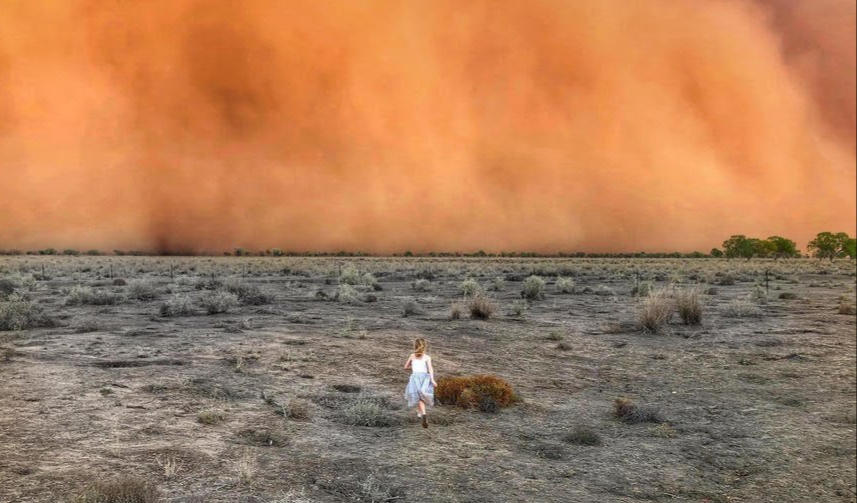Andrew Atkinson talks to June Redden, who lives in Murcia, about the frightening experience when caught up in a mineral dust pollution scare in Gran Canaria, in the wake of Cartagena and Lorca Town Councils placing a maximum air quality alert after a cloud of mineral dust pollution hit Murcia on Thursday, January 23.
“I can remember not being able to see,” June, who lived near to the Rey Palace Hotel at the time of the dust alert in Gran Canaria, told The Leader.
“I was looking over the balcony and said to my husband: ‘I can’t see Rey Palace’, reflected June, who had flashbacks, following the alert of the dangerous situation, as emergency procedures were put in place in Murcia.
A cloud of mineral dust arrived in Murcia from north Africa, with PM10 particle air readings soaring to 130-150 micrograms pcm of air. The threshold is 50.
Underlining the frightening experience, as witnessed in Murcia, June, who lives in the City, said: “In situations like this buildings go out of sight, due to the dust.
“We were instructed to get indoors – and seal it.”
Dubbed as a ‘Sorrocco’, June said: “Looking at the radar, with regards to the dust pollution that hit Murcia from north Africa, it looked very big – similar as to what you see in the ‘Mummy’ films!”.

June, caught up in the Gota Fria in September, and the flooding that hit again during January 20-23, said: “The floods in 2019 and another this year – now the mineral dust pollution. To say we are fed up is an understatement.”
Cartagena and Lorca Town Councils put in place a maximum air quality alert: “People should take heed about the situation as in Cartagena and Lorca,” said June.
In the Sahara Desert region of North Africa, the Saharan Air Layer (SAL) is the prevalent dust laden layer of atmosphere, driven over the ocean, above the denser marine air.
Thunderstorms over North Africa periodically result in vast dust and sand storms, reaching up to 6,000 metres high, driven out to sea within the SAL.
In 2000 Scientists’ measurements in Puerto Rico was approximately 8 million tonnes, one-fifth of the total year’s dust deposits.
The phenomenon is associated with hot air found over the Canary Islands, known as a Calima, caused by a duststorm, stirred-up by high winds.
The fine sand particles cause the air to become thick – visibility similarly experienced during thick fog – depending on the severity.
During January in Canberra, Australia, a 300-kilometer, 186 miles wide cloud of red dust was carried by wind gusts up to 107 kilometers, 66mph.
The contamination protocols lead to traffic restrictions in Cartagena, along with other areas in the east of Spain and the Balearics.
“In these situations you cannot see the dust. Once it hits, you cannot breathe. I hope those affected listened to the advice,” said June.





